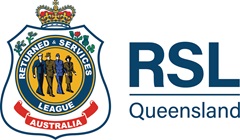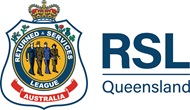
Remembering Long Tan: A battle against all odds
05 August 2022- History & commemoration
- Veteran stories
Like so many battles from other conflicts, the Battle of Long Tan reminds us of what Australians can achieve against overwhelming odds.
Although it lasted less than four hours, the Battle of Long Tan has gone down in the annals of Australian military history. In the face of waves of attacks by a much larger force of Viet Cong, the men of Delta (D) Company 6th Battalion, Royal Australian Regiment (6RAR) and 161 Field Battery, Royal New Zealand Artillery (RNZA) showed extraordinary bravery and military prowess.
Following a dawn attack on the 1st Australian Task Force base at Nui Dat on 17 August, B Company 6RAR was sent out to search for the enemy. They located the enemy’s firing positions, but encountered no Viet Cong. The next day, D Company relieved them at the edge of the Long Tan rubber plantation, and continued the patrol eastwards.
MAJOR HARRY SMITH AT THE HELM
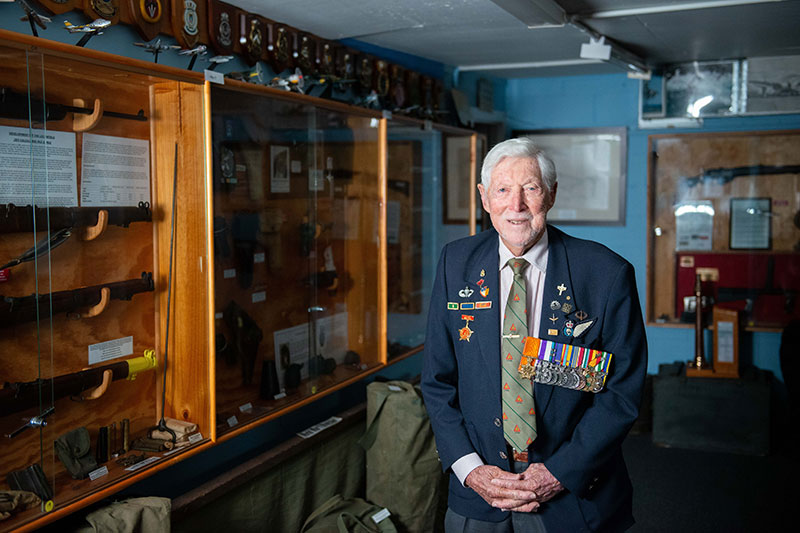
Commanding D Company was Major Harry Smith, a veteran of Malaya and a former Commando.
“We were sent out to look for 30 or 40 Viet Cong,” Harry says. “The leading platoon, 11 Platoon, ran into probably several hundred North Vietnamese, and they got pinned down.”
SERGEANT BOB BUICK STEPS UP
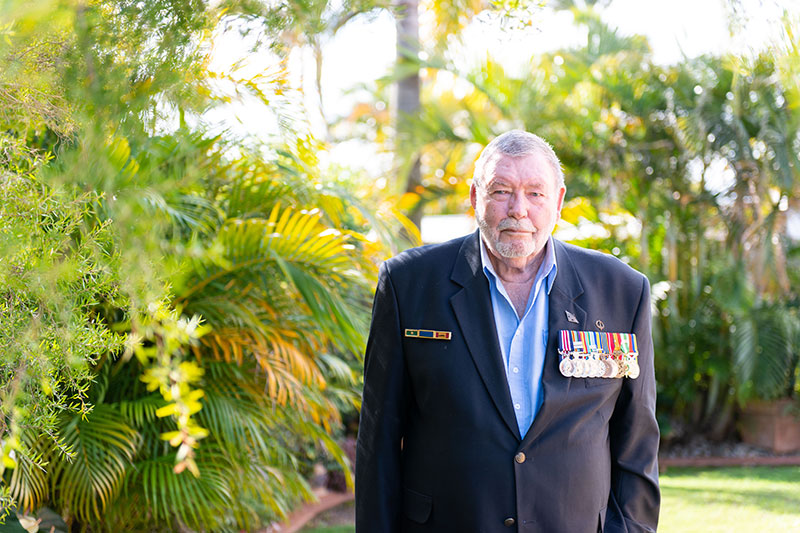
Merely 30 minutes into the battle, Platoon Commander Lieutenant Gordon Sharp was killed and Sergeant Bob Buick assumed command of 11 Platoon.
“You’re trained to do a certain job, and sergeants are trained to take over from the platoon commander, if [anything] happens. I knew what I had to do,” he says.
“I had to control artillery for an hour to bring it right in and straight over the top of our heads, to land 50 metres away. Because we had 70 or 80 enemy right in front of us and they were shooting us very effectively.
“I went out with 29 soldiers and there was only eight of us left the next morning; 13 were killed and eight were wounded.”
A DANGEROUS AMMUNITION DROP
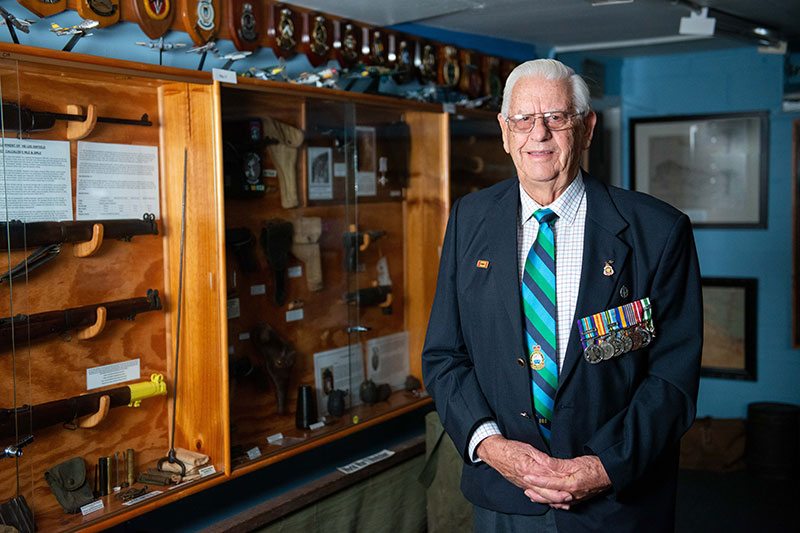
Dangerously low on ammunition, D Company needed an urgent resupply. After an unsuccessful attempt by US airborne support, pilots from RAAF’s 9 Squadron volunteered to fly it in. Flight Lieutenant Bob Grandin was co-pilot on the lead helicopter – one of two – that made the ammunition drop in monsoonal conditions.
“We were in pouring rain and I was looking down between my feet to see the ground, because we couldn't see out the front at all or out the sides. And I recognised a landmark and we were behind the enemy line,” Bob recalls.
The surviving members of 11 Platoon were eventually able to regroup with 12 Platoon, and the rest of D Company. D Company defended its position against relentless attacks by the North Vietnamese, until the enemy was repelled by the arrival of B Company and 3 Troop, 1st Armoured Personnel Carrier Squadron (1 APC Sqn).
Seventeen of D Company’s soldiers were killed in action, 24 more were injured, and one trooper from 1 APC Sqn died from his wounds – the highest number of Australian casualties in any single engagement during the Vietnam War.
COURAGE AGAINST THE ODDS
“The thing that sticks in my mind 52 years later is the courage and gallantry of my soldiers in fighting off overwhelming North Vietnamese attacking us,” Harry says.
“I had 68 national servicemen in my Company and they hadn't seen much service, apart from the 12 months of training, prior to going to Vietnam. And I have to say that they fought as good as, if not better than, some of the regular Army soldiers I had. They were out to show that they – that first intake – were as good as the rest.”
LIFE AFTER VIETNAM
After returning from Vietnam, the three took very different paths. Harry went on to become the first Chief Instructor of the Army’s Parachute School, until an injury ended his military career. After retiring, he skippered charter boats in the Whitsundays with his wife.
“We used to live six months on the boat, six months ashore, and we’ve been all the way up to Thursday Island and almost down as far as Weipa on the western side of Cape York Peninsula. And saw a lot of things, walked a lot of beaches, found a lot of glass floats…”
Bob Grandin went on to serve in Malaysia before discharging from the Air Force. After gaining eight degrees, including two doctorates, Bob now works to improve the professional skills of veteran advocates.
“I'm thriving on getting the culture of the veterans to be willing to change, willing to become more professional, to have a higher level of knowledge and to work with younger people who have had an experience which is different, but complex,” he says.
Bob Buick served 20 years in the Army before discharging. He worked in various civilian jobs before he and his wife retired on the Sunshine Coast.
“I’m an hour from my kids, great weather… What else do you want?” he laughs.
See More About Vietnam Veterans' Day
Want to stay informed? Subscribe today and get the latest news, services, events and more direct to your email inbox.
Related News
Loading
